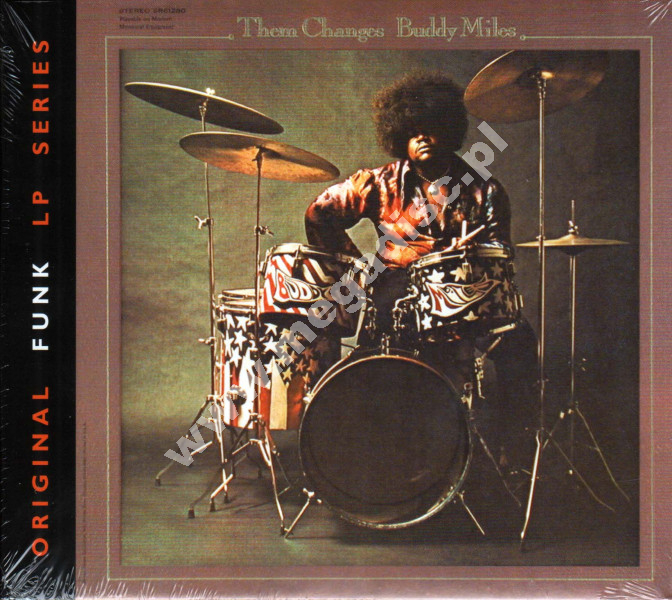
Trevor Schoonmaker wrote in his essay for The Birth of the Cool, “While best known for his bold life-sized portraits, Hendricks is also an accomplished photographer, landscape painter, watercolorist, draftsman, assemblage artist, carpenter, and jazz musician.” Schoonmaker had identified an essential aspect of Hendricks’s relentlessly questing mind: “a desire to continually learn, experiment, and take risks.” This also “speaks to his faith in artistic integrity, whether or not the art world had been willing to follow along.” The sureness of Hendricks’s line, the specificity of his effort, this minute attention he paid his subjects-human, vegetable, or mineral-these are the defining themes that make his work unmistakable. If the connections between the multimedia works on paper and the portraits for which we best recognize Hendricks are not apparently obvious, it is because their similarity lies in character and areas of concern, rather than strictly in aesthetics. It’s a visual pun that also reminds us Hendricks never hid his fetishes, nor indulged the slightest bit of shame that sex was at the forefront of his mind.

The irreverent, irresistible humor of Brilliantly Endowed (Self-Portrait), also from 1979, is impossible to miss in these blackening bananas-now turgid, now limp, now depleted.

Of course, Hendricks was no dry academic, and the technical and mental focus behind these is leavened by his always titillating wit.

They are anchored in space by his light-touch, ever-precise graphite shadowing. Hendricks spent time with them, looked at them under different light, lavished his focus on them as they evolved and changed.
#WHO WROTE THEM CHANGES FULL#
Here, too, are subjects given the full attention of Hendricks’s gaze like a sitter returning over several days for a portrait, we see the bananas darken and shrivel from study to study, we see them peeled and unpeeled, singly and in groups. Here is the everyday ephemeral Americana of life: the Chiquita banana sticker, instantly recognizable. It is for this reason that these are more comfortably portraits than still lifes-they are not part of a scene, but are embodied subjects in themselves, holding the space with a presence that, if they are inanimate, conveys a sense of identity nonetheless.Ĭonsider his set of watercolor and graphite banana works from 1979-roughly contemporaneous, that is, with the famous portraits of the Sweet Thang era. In these works on paper, the objects themselves, their agentic heft of presence, their meticulous, mysterious shadows hold them in the space. Some incorporate x-rays, an apt metaphor for what these newly discovered works offer us: a look into the inner mechanics of Hendricks’s mind and process-insight into his tendencies, his unique concerns. These newly discovered works on paper fall into distinct categories-each of which is cohesive and dynamic enough to stand alone as a body of work and look fresh in a contemporary show today. While we associate these characteristics with portraiture because that is what we know of him, in fact, they are more broadly applicable and present in other forms and styles in his work. These aspects come through in the qualities of line and color, and in the focus of intensity – the attentive, nearly scientific, probing way in which Hendricks focused on his subjects. His figure’s presence resonates with Hendricks’s own confidence, certainty, and irreverent, abrasive honesty.

The following is an excerpt from a text written by Laila Pedro on the occasion of this exhibition: With these newly discovered bodies of work, the exhibition highlights the fundamental features of Hendricks’s practice with a mode of representation that is so clearly distinct from his best known paintings. Jack Shainman Gallery is pleased to present the first ever exhibition of works on paper, by Barkley L. Thursday, February 15th until Maat Jack Shainman Gallery, 513 West 20th Street, NYC


 0 kommentar(er)
0 kommentar(er)
